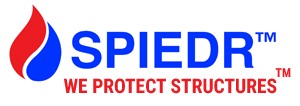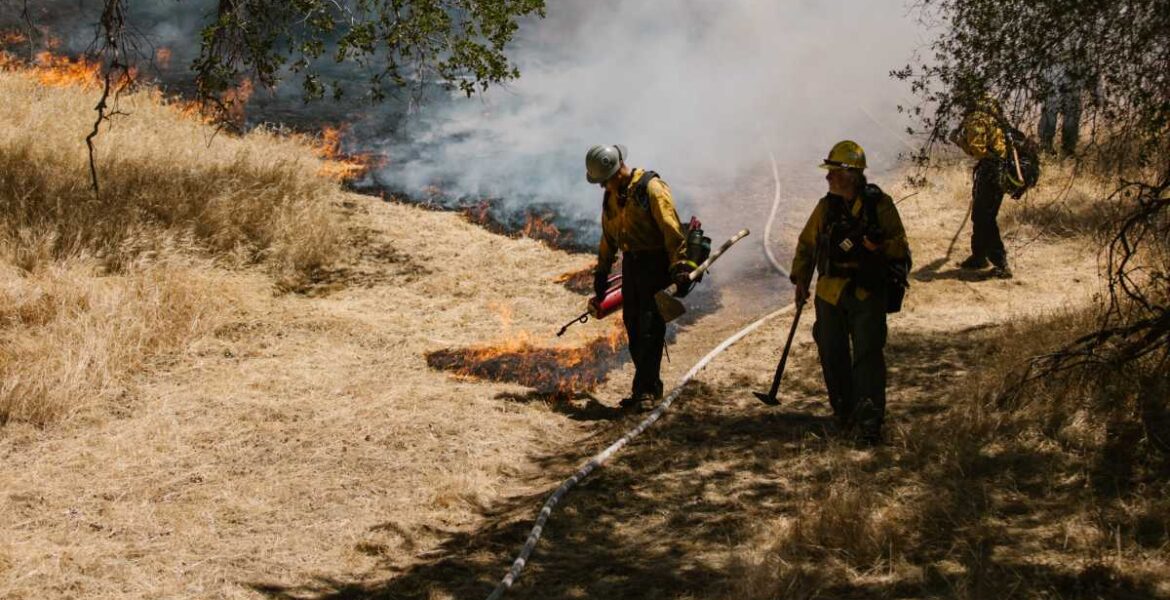Wildland fire consulting services can help to prepare and safeguard communities against wildfire. Here is what you can expect from SPIEDR’s wildland fire consulting services for fuel management.
Fuel Management Practices & Techniques
SPIEDR provides consulting services on fuel management, which reduces the risk of wildfire, the cost of wildfire suppression, and improves the resilience of forests subjected to fires. Fuel management practices and techniques include the following:
Hazard Assessment
Hazard assessment is the process of identifying potential risks and dangers related to forest fires. It involves evaluating various factors, such as the presence of combustible materials, weather conditions, and terrain, to determine the likelihood and intensity of a forest fire.
Creating Fire Guards
Fire guards, also known as firebreaks or fuel breaks, are cleared areas within a forest that act as barriers to slow down or stop the spread of wildfires. They are created by removing vegetation and other flammable materials to create a break in the fuel continuity.
Fuel Reduction
Fuel reduction involves reducing the amount of flammable material in a forest. This can be done by thinning out densely vegetated areas, removing dead or dry vegetation, and implementing controlled burns to reduce the availability of fuel.
Chipping & Pile Burning
Chipping involves the mechanical shredding of woody debris and branches into smaller pieces, which can be spread on the forest floor as mulch or removed from the area. Pile burning is a controlled burning technique used to dispose of accumulated brush and debris, reducing potential wildfire fuel.
Returning Bio-mass to the Forest Floor for Health & Regeneration
This practice involves returning any organic materials like branches, leaves, and small logs to the forest floor, which can improve soil health, support new growth, and enhance ecosystem resilience. It can also reduce the risk of large accumulations of dry material that can easily catch fire.
Danger-Tree Falling
Danger tree falling is the process of identifying and safely felling trees that have been weakened or compromised by factors such as disease, pests, or fire damage. These trees pose a hazard to forest users and can fuel wildfires if they fall.
Spacing, Thinning, & Crown Reduction
These techniques involve selectively removing trees or vegetation to create spacing and reduce tree density in a forest. Thinning reduces competition among trees, decreases the risk of crown fires (fires that spread through the canopy), and can improve overall forest health.
Mountain Pine Beetle Assessment & Removal
Mountain pine beetles are destructive pests that infest and kill pine trees, leaving them dry and vulnerable to burning. Assessing the extent of infestation and removing infested trees is essential to prevent the spread of the beetle and to reduce the fuel load in forests, thereby mitigating wildfire risk.
These fuel management techniques are important for reducing the risk of forest fires. They aim to reduce the intensity of fires, lower the overall risk of wildfires, decrease the cost associated with wildfire suppression, and enhance the resilience of forests in the face of fire threats. The specific methods chosen will vary depending on the unique characteristics and needs of the forested area in question.
In addition to providing professional consulting on fuel management practices, SPIEDR is also proud to offer wildland firefighting equipment to ensure that communities and businesses are prepared to handle fire threats efficiently.
- Firesmart
- Community Protection Systems
- Land Development
- Film Production


